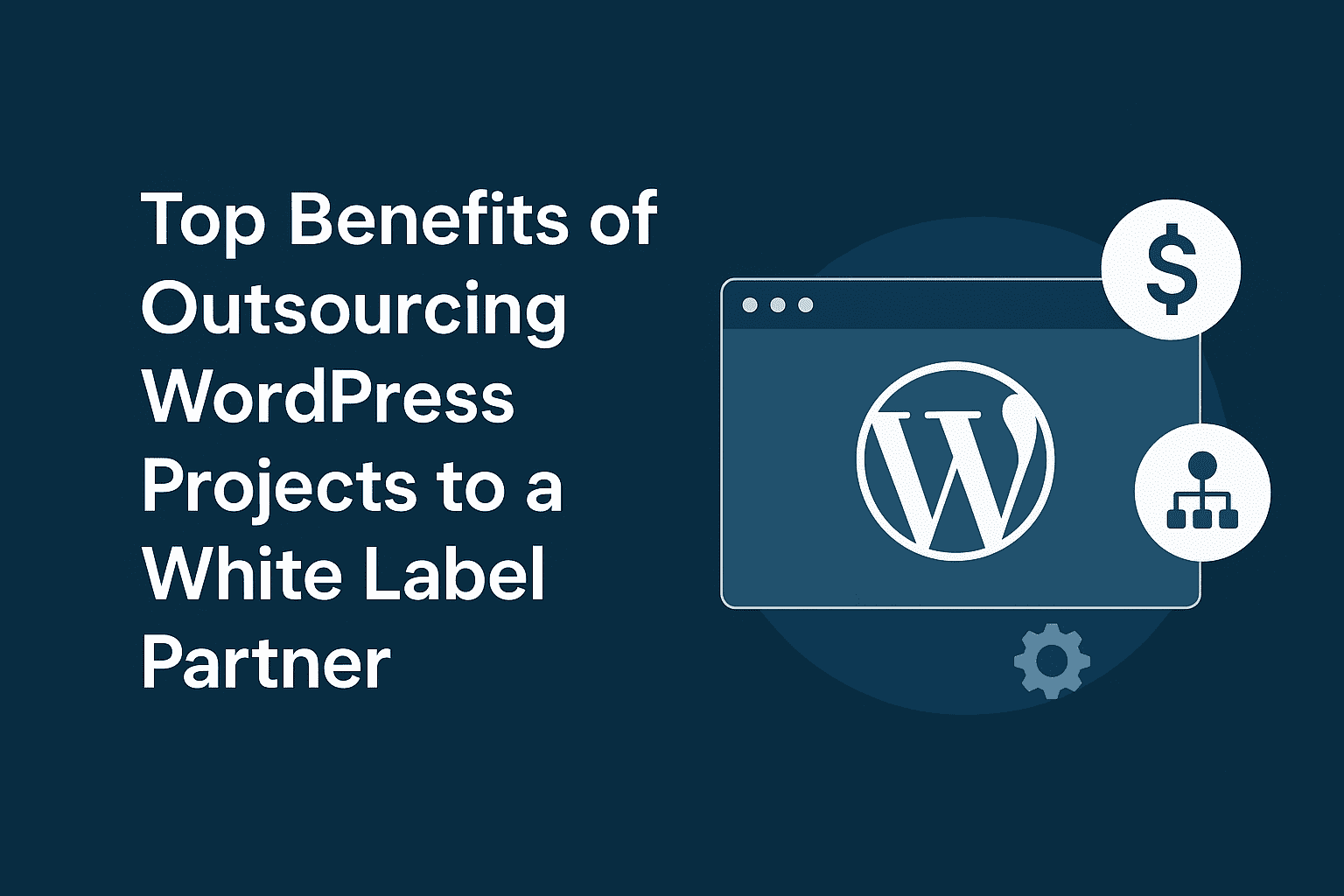No-Code WordPress: Empowering Developers, Not Replacing Them
The rise of no-code and low-code solutions in web development has sparked both enthusiasm and concern, especially within the WordPress developer community. Tools like Elementor, Breakdance, Divi, and Beaver Builder have empowered users to build websites visually—without touching a single line of code. But does this mean developers are being replaced?
Far from it. The reality is quite the opposite. No-code tools are evolving to become powerful allies for developers, allowing for faster prototyping, streamlined workflows, and scalable architecture when used strategically. In this article, we’ll explore how full-stack WordPress developers can harness the power of page builders without sacrificing performance, flexibility, or code quality.
The Rise of No-Code in WordPress
Over the past decade, WordPress has transitioned from a blogging platform to a full-fledged CMS powering over 43% of all websites on the internet. As the platform matured, so did the demand for flexibility, speed, and better design tools. This demand gave birth to a range of page builders that democratize website creation.
These tools—Elementor, Breakdance, Divi, and others—allow users to build complex layouts with drag-and-drop ease. They’ve enabled entrepreneurs, marketers, designers, and hobbyists to spin up fully functional sites in record time.
But what about developers?
While some see no-code tools as competition, savvy developers understand that these platforms can supercharge their workflow when used correctly.
Why Developers Should Embrace Page Builders
1. Rapid Prototyping and MVPs
When working with startups or small businesses, speed is often more important than perfection. No-code tools allow developers to quickly build MVPs or design concepts without spending hours writing front-end code.
A visual builder can:
-
Save time on layout and styling
-
Provide immediate visual feedback to clients
-
Reduce revisions and communication gaps
This frees up more time to focus on backend development, integrations, and custom features that really matter.
2. Client Handoff Made Easier
One of the most underrated benefits of page builders is how easily clients can manage their content post-launch. As a developer, you don’t want to be bogged down with minor text updates or image replacements.
By using tools like Elementor or Breakdance:
-
Clients can handle updates themselves with minimal training
-
You reduce your support burden
-
It improves client satisfaction and retention
This is especially helpful for small businesses who want control over their own content without compromising design.
3. Custom Development Still Rules
No-code tools don’t mean “no customization.” In fact, the best implementations combine the speed of page builders with the power of custom code. Developers can:
-
Extend functionality with custom widgets
-
Add JavaScript and PHP snippets
-
Build REST APIs and integrate with CRMs, ERPs, or mobile apps
-
Create dynamic content using ACF (Advanced Custom Fields), CPTs, and custom taxonomies
This hybrid approach allows developers to deliver powerful, scalable solutions faster.
Balancing Control and Convenience
One of the main concerns developers have is the loss of code control and bloated output that some builders generate. These concerns are valid—but manageable.
✅ Best Practices for Developers Using Page Builders:
1. Use Only What You Need
Most builders come loaded with widgets, blocks, and animations—many of which you may never use. Stick to a lean design system and disable unused elements to reduce bloat.
2. Custom CSS/JS Over Inline Styling
Leverage global styles and your own CSS classes instead of relying on inline styling. This not only keeps your code clean but also enhances performance and maintainability.
3. Combine with Custom Themes
You can build lightweight themes that use page builders only in certain areas. For example:
-
Use Breakdance or Elementor for landing pages
-
Use custom PHP templates for blog posts and archives
-
Keep header/footer in native theme files for performance
4. Control the Output
Advanced builders like Oxygen and Breakdance allow granular control over the markup. Choose tools that prioritize clean code and give developers options to edit HTML structures.
Top Page Builders Developers Should Consider
1. Elementor Pro
-
Most popular builder globally
-
Huge ecosystem of add-ons
-
Strong WooCommerce support
-
Developer-friendly hooks and filters
2. Breakdance
-
Designed for both beginners and pros
-
Clean HTML output
-
Seamless integration with ACF and CPT UI
-
Lightweight and performance-focused
3. Oxygen Builder
-
100% visual editing with no theme dependency
-
Ideal for developers who want control
-
Built-in dynamic data capabilities
-
Great for advanced layouts
4. Beaver Builder + Themer
-
Clean code output
-
Focus on performance and stability
-
Ideal for agencies and client handoffs
5. Divi
-
Highly visual and user-friendly
-
Best for designers with some dev support
-
Lots of built-in design features
The Future of No-Code WordPress Development
The future is not about choosing between code and no-code—it’s about collaboration. Developers who embrace visual tools are more efficient, more versatile, and more in-demand.
🔮 Trends to Watch:
-
AI Integration: Tools like Elementor AI are beginning to write code, suggest design improvements, and optimize SEO content on the fly.
-
Headless & API-First WordPress: Developers will increasingly use page builders on the front end while handling logic, content, and integrations via REST or GraphQL APIs.
-
Reusable Component Libraries: Page builders are becoming more modular, allowing developers to create reusable blocks, templates, and global design systems.
-
Performance Automation: Builders are adopting performance best practices like lazy loading, clean markup, and image optimization by default.
Final Thoughts
No-code platforms aren’t a threat—they’re a toolset. As a full-stack WordPress developer, your value doesn’t lie in writing every line of CSS or building every template from scratch. Your value lies in problem-solving, architecting smart systems, and delivering high-impact solutions.
Page builders help you do that faster.
So instead of resisting the no-code movement, lead it. Learn how to integrate these tools into your stack, customize them to your workflow, and use them to deliver even better results for your clients.
Because the future of WordPress is not code vs no-code—it’s code + no-code.



